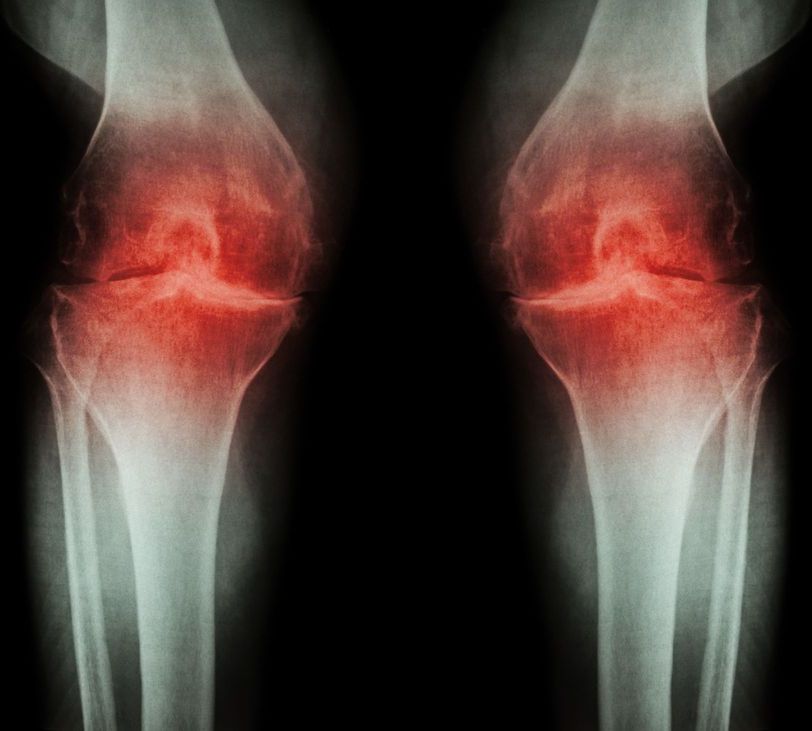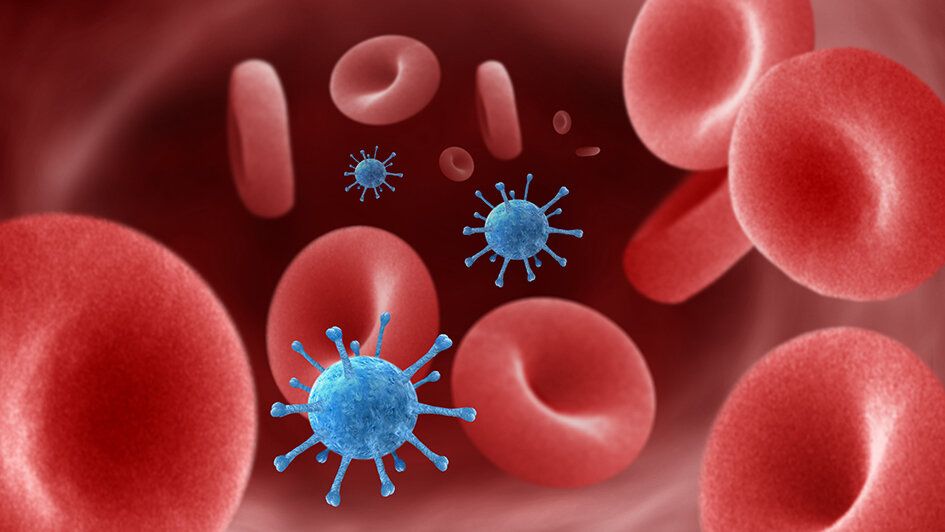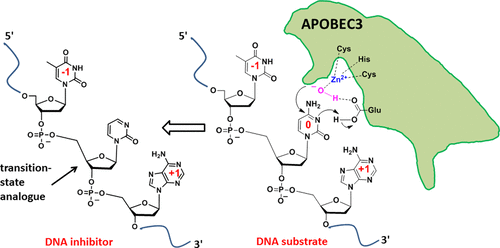Identifying biological correlates of late life cognitive function is important if we are to ascertain biomarkers for, and develop treatments to help reduce, age-related cognitive decline. Here, we investigated the associations between plasma levels of 90 neurology-related proteins (Olink® Proteomics) and general fluid cognitive ability in the Lothian Birth Cohort 1936 (LBC1936, N = 798), Lothian Birth Cohort 1921 (LBC1921, N = 165), and the INTERVAL BioResource (N = 4451). In the LBC1936, 22 of the proteins were significantly associated with general fluid cognitive ability (β between −0.11 and −0.17). MRI-assessed total brain volume partially mediated the association between 10 of these proteins and general fluid cognitive ability. In an age-matched subsample of INTERVAL, effect sizes for the 22 proteins, although smaller, were all in the same direction as in LBC1936. Plasma levels of a number of neurology-related proteins are associated with general fluid cognitive ability in later life, mediated by brain volume in some cases.






